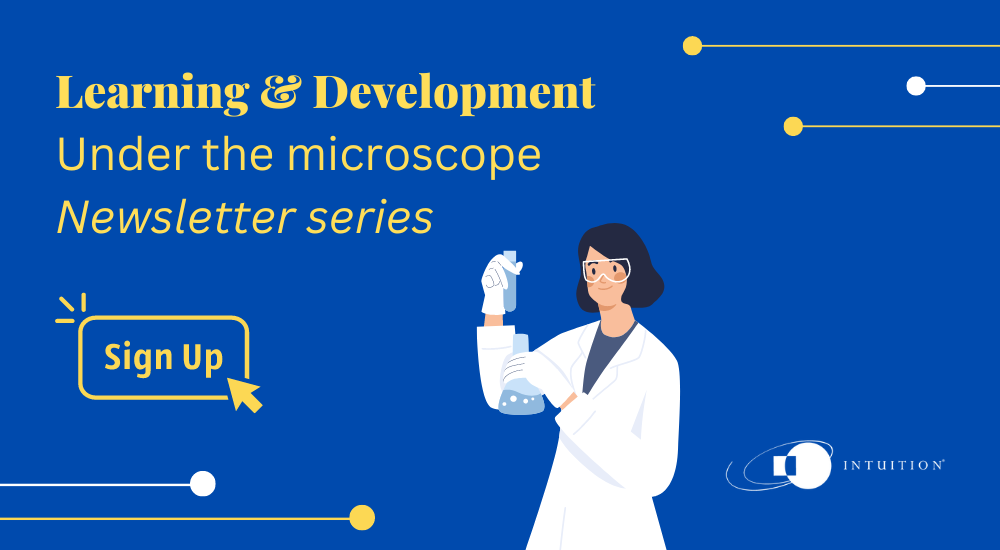Digital Therapeutics and Their Role in the Future of Modern Medicine
Technology conveniences us at every turn. It empowers our behaviors and crystalises our understanding for the world through the tools we use to interact with it. We crutch our livelihoods on these systems, and depend on their advancement as our needs change, and our capabilities grow.
Healthcare typifies this experience in the most personal sense. When considering treatment possibilities, HCPs have incidentally begun to look beyond conventional prescription methods, with the view of incorporating new and non-traditional intervention techniques to uplift and empower the patient experience. Digital Therapeutics (DTx) embody this standard of change.
DTx, though loosely defined, incorporate and “deliver medical interventions directly to patients using evidence-based, clinically evaluated software.” The accessibility of mobile technology to this end has fostered a productivity boom, making the market space for DTx one of the fastest growing and perhaps unarguably, most exciting trend in the pharmaceutical industry.

Tech x pharma collaborations
It’s no secret that pharmaceutical companies have made considerable resource allocations to this end. Exploring the opportunities that exist within the space given the industry’s measured understanding for the kind of integration these technologies will require in the future. One such notable example of what this type of investment looks like can be seen in the recent DTx collaboration between Sanofi and Happify.
This project effectively targets MS patients, aiming to help improve mental health outcomes in accessory to standard treatment pathways. In the case of MS, patients are predisposed to developing depression and anxiety disorders at a rate two to five times higher than the general population. The premise for this kind of intervention should be considered in terms of the effect that poor standards of mental health can otherwise have on treatment outcomes, where patients often subsequently struggle with prescription adherence and quality of life. It essentially serves an ancillary purpose, complimenting standard-issue treatment courses by helping individuals manage their well-being in a more holistic sense.
This app incorporates elements of gamification as a way to more meaningfully market techniques of introspection and personal development. This kind of medium represents a new standard for digital communication that prioritises patient experience above all else. Offering individuals a seamless journey from start to finish, all within reach of their mobile phone.

Integrating digital health into the curriculum
There’s often a certain cynicism to be confronted when pioneering technological advancement. The market isn’t a benign force after all, and it’s why success requires time, friction, and a concerted understanding for where and when to peddle your product. These technologies are still in a nascent stage of their lifecycle. Perhaps the most formative challenge in their development exists in convincing the right people of their value. The pharmaceutical industry has historically presented itself as a conservative institution, bound by rigid, but essential protocols and standards of proof. So it should not come as a surprise that physicians will inevitably be the ones to decide how these solutions are supplemented within prescription pathways.
The mediating factor in this case is education. HCP’s essentially need cause to incorporate these technologies. Not as direct alternatives, but for the complimentary benefits they offer when bundled in concert with traditional prescriptions.
The application of DTx needs to be understood at a granular level, and not in the same way we evaluate traditional drug alternatives. Their effective application is more individually dependent. The issue is that it is a relatively demanding process, requiring high levels of personal engagement on behalf of patients. It’s not the same as taking a pill after all. The kind of content delivery required is such that HCPs are practically educated around the efficacy, and practicality of these technologies. Which in turn helps to inform and more critically influence effective service use among patients.

What does the future look like?
These solutions are poised to play an incredibly important role in healthcare moving forward, helping to improve treatment outcomes by shifting the conversation around patient centricity in an entirely new way. The near future will certainly tell of what kind of role they will have to play in bundled prescription considerations. Educational service providers might incidentally hold the key to unlocking the potential for these technologies.
Patients need to be provided direction, while HCPs require the necessary information to reliably point them toward solutions that best serve their condition. Reconciling these needs and establishing a discourse that facilitates knowledge sharing will only help to better connect clinicians with patients, while at the same time, exposing both groups to the most engaging, innovative technologies on offer. At the end of the day, it’s all about people, and connecting those people with the tools to succeed. But as we move forward, the terms for defining success change, and the scope of technologies available to us reshape our understanding for what can be done to solve problems we never knew existed.
That, is progress.


